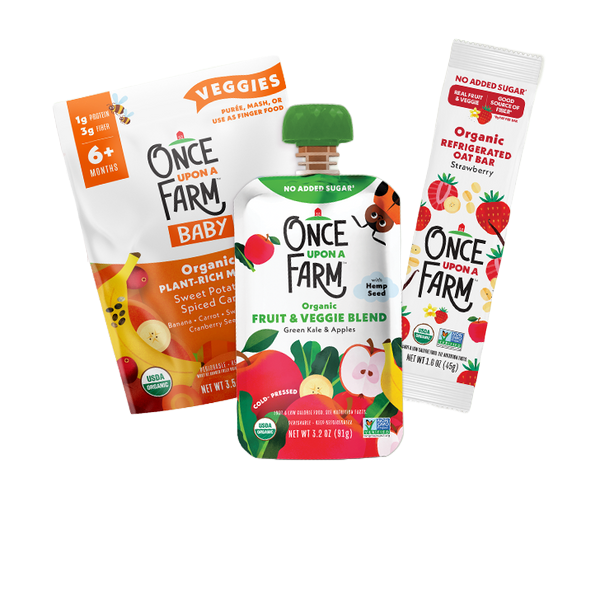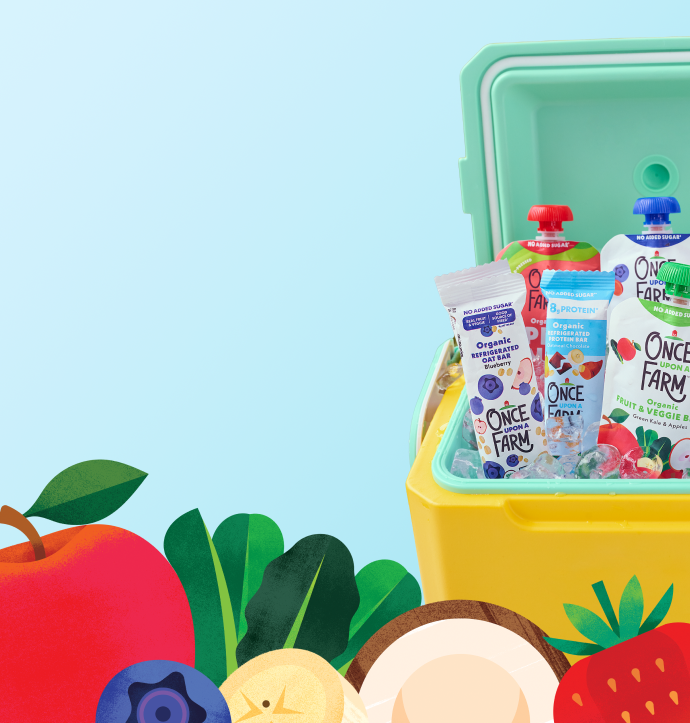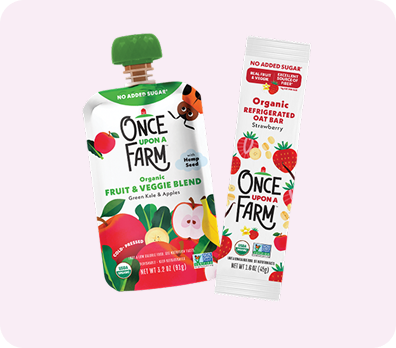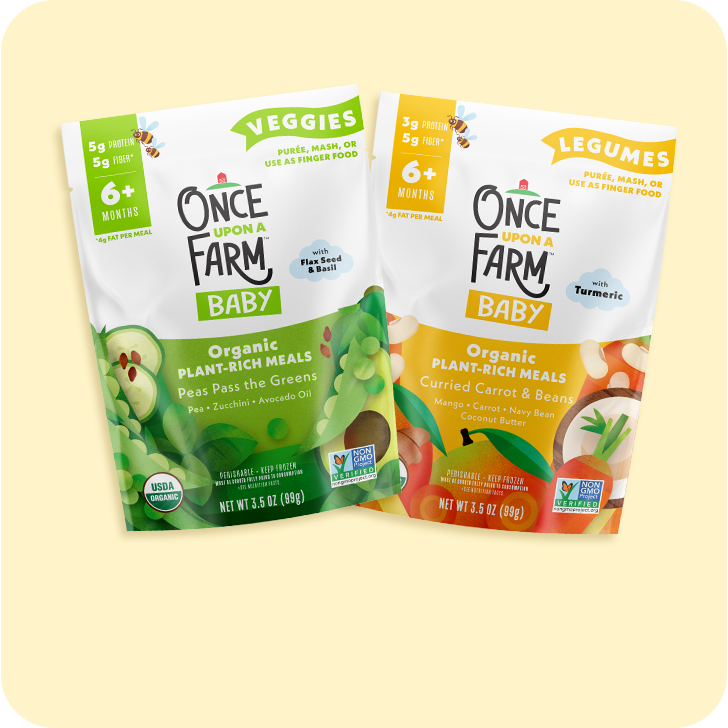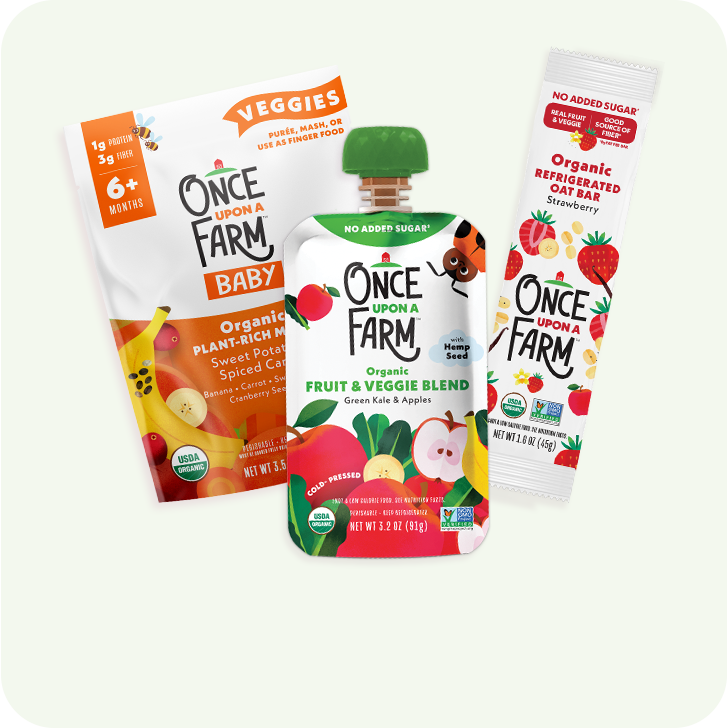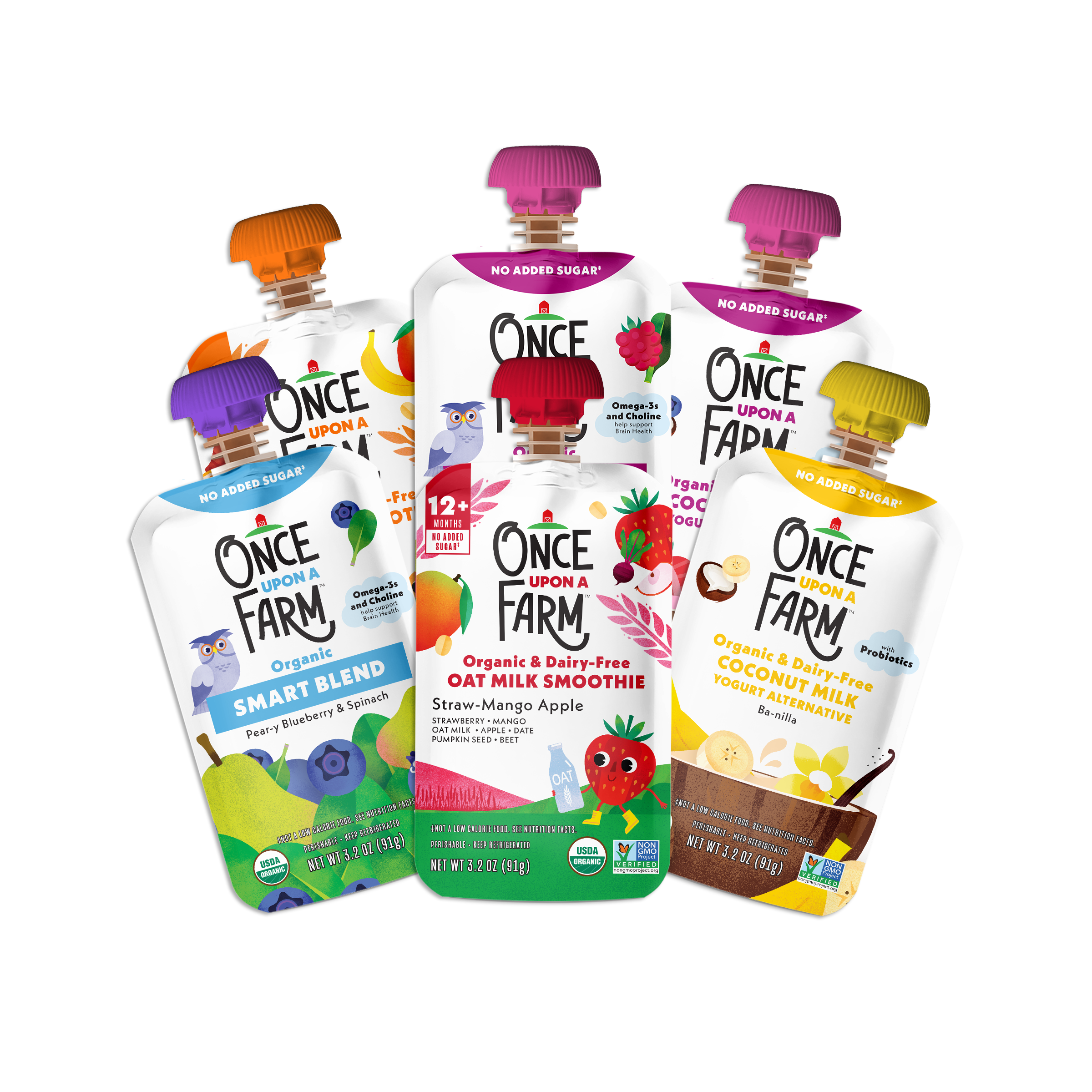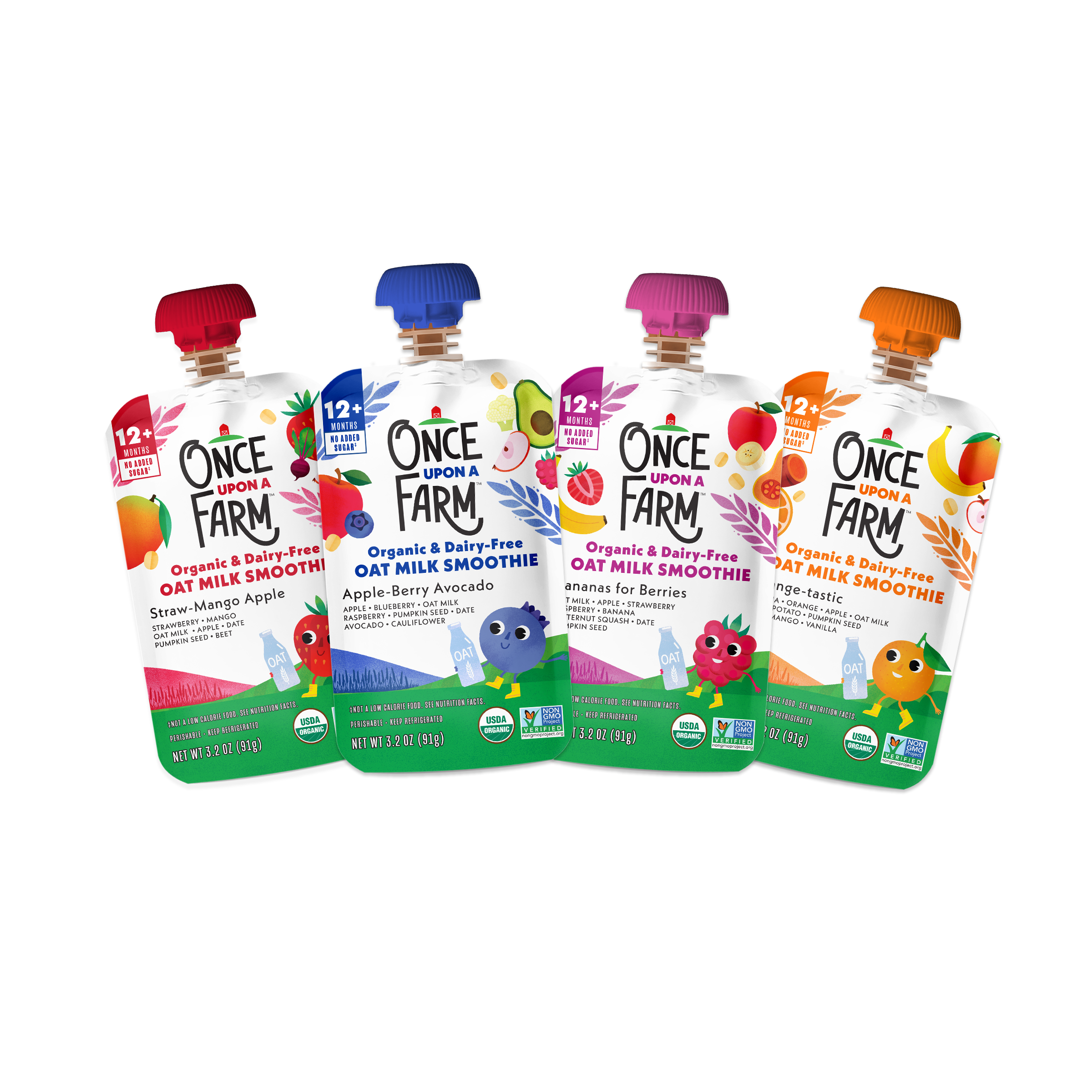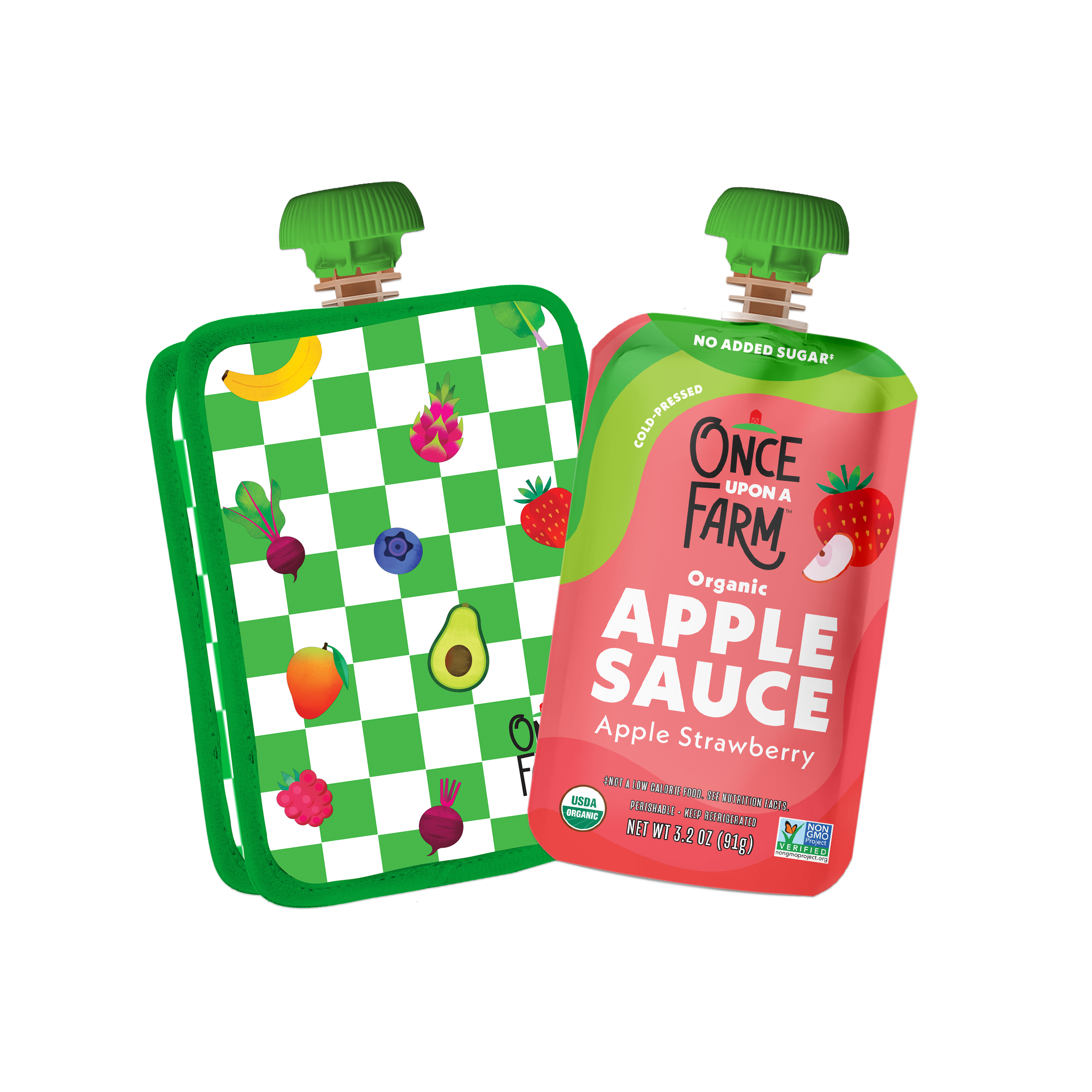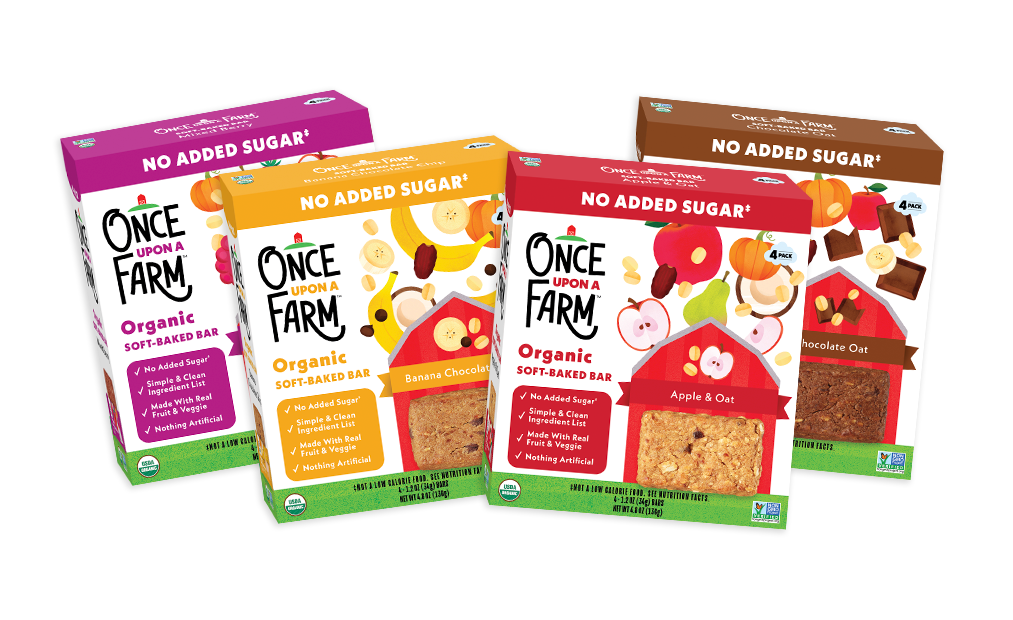Note: This blog is not medical advice and is for informational purposes only. For any specific recommendations, please refer to your child’s pediatrician or behavioral health professional.
When it comes to emotions, little kids go big. This can manifest as everything from an uncontrollable fit of laughter to a tyrannical tantrum, sometimes both in a matter of minutes. For parents and caregivers, teaching kids about emotions from a young age can instill enduring healthy habits around emotional awareness and regulation.
To help us navigate the high-highs and low-lows of kids’ emotions and identify some key tips on supporting their emotional wellness, we spoke with Leanne Spagnola, a licensed Marriage and Family Therapist, wellness consultant, and university professor.
Name the Feeling
Introduce feeling words as early as possible, Spagnola tells us. “This can be done well before little ones develop expressive language skills by teaching them signs for things like 'more' and 'hungry'.” Also, teaching kids to recognize feelings in others can be a very helpful tool, she says. “Use characters in books or tv shows, and other kids at the playground to help facilitate conversations. Try something like, ‘Look at Daniel Tiger, what do you think he is feeling?’”
Ensure Kids Feel Seen
Noticing and naming changes in your child’s facial expressions and body language can be very supportive for their emotional development, Spagnola shares. “If your child is frowning, you could say, ‘I see you are frowning—you often frown when you are sad. Did something make you sad?’" This helps create a safe space for kids to express their feelings.
Model Healthy Behaviors
Parents and caregivers can model emotional awareness and tools for self-regulation. “Narration can be a very effective tool,” Spagnola says. “If you’re frustrated, say something like, ‘Mommy is feeling frustrated. Mommy is going to take some deep breaths/drink water/go for a walk.’” Not only have you named the feeling, but also modeled a healthy self-regulation technique.
Provide Safe Alternatives
Big feelings can come with big reactions. “It’s helpful to have lots of tools on hand,” Spagnola tells us. “Pillows, pinwheels, fidget toys, balls, calming corners/cozy tents” can provide safe alternatives to potentially harmful behavior. Try something like, ‘You are angry. You cannot kick daddy when you’re angry, but you can kick the ball.’” These tools help encourage and empower your child to express themselves in a safe way.
Use Interactive Visuals
Charts can be a great tool for supporting emotional awareness. Try a feelings chart where kids can indicate how they are feeling, or a choice chart where they can reference their options when they are having big feelings, then make a choice. “The fact that these charts are interactive means kids can use them independently,” Spagnola says, “which will empower them and reinforce the fact that regulating themselves is within their control.”
Teaching kids about emotions is about encouraging emotional awareness and empowering self-expression—one big feeling at a time.
Additional Resources
Parenting is an emotional rollercoaster, but you’re not on this ride alone. There are lots of amazing resources—run by professionals—who offer advice, guidance, and support through every steep drop, severe turn, and sudden loop-the-loop. Here are some we love:
- Slumberkins provides books, affirmations, and toys to support kids’ emotions and emotional growth
- Little Otter Health is a platform supporting wellness for kids through mental health care and guidance for families
- The Calm app has a section for kids with stories, meditations, lullabies, and much more



